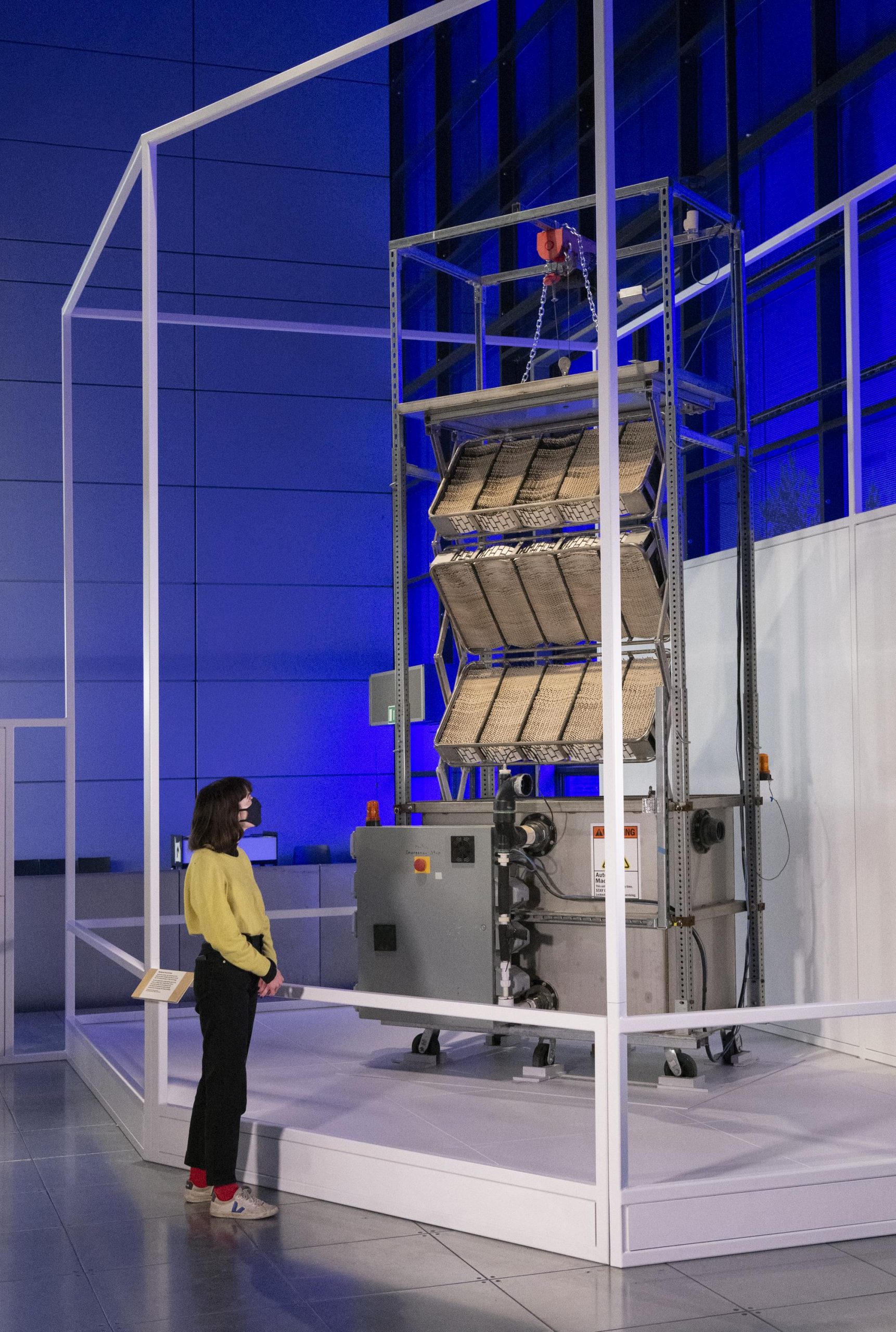The image of methods to remove greenhouse gases from the atmosphere has changed hugely over the decades. At first it was seen as speculative, when it was part of wild-eyed schemes for “atmospheric engineering” or “geoengineering”.
Then carbon removal was denounced as a controversial distraction from reducing our dependence on fossil fuels.
Today, carbon removal is seen as an essential ingredient of a wide range of measures to help the planet limit climate change to 1.5 degrees Celsius, as outlined in the Paris climate agreement.
In the Intergovernmental Panel on Climate Change’s sixth assessment report on mitigation released a few weeks ago, it is acknowledged that the use of carbon removal is “unavoidable” if net zero is to be achieved.
The public event Greenhouse Gas Removal: Getting it Right for People and the Planet” will take place on 12 May as part of the UK Greenhouse Gas Removal Event: Current Innovations & Future Directions at the IET in London.
Organised by two major research programmes funded by UK Research and Innovation, or UKRI – the Greenhouse Gas Removal Programme and the Greenhouse Gas Removal Demonstrators Programme – the discussion will be hosted by Emily Swaddle of the Carbon Removal Show.
The organisers want to hear the views of the public to ‘ensure the broader legitimacy of, support for, and ultimately success of the technology choices made,’ said Dr Rob Bellamy of the University of Manchester and lead on responsible innovation at CO₂RE, the Greenhouse Gas Research hub:
‘We’ve been kind of plodding away at carbon capture for quite a while but in the last couple of years the field has exploded,’ said Dr Bellamy, though he added: ‘We should have been doing this a long time ago, and now we’re doing it because we have no choice.’
As one example of that explosion of interest, online payments-technology provider Stripe has linked up with several other companies, including Google parent Alphabet and Facebook parent Meta, to commit nearly $1 billion to spur on the carbon removal market:
‘There are a couple of major reasons why we’d want to do carbon removal. One is to help deal with hard-to-decarbonize sectors such as aviation, shipping and agriculture,’ said Dr Bellamy. ‘Another is to deal with overshoot, when warming continues past the 1.5°C mark and then cools back down – you’d have to do some carbon removal to achieve that.’
As can be seen in Our Future Planet, a Science Museum exhibition on carbon capture, one approach is to augment ecosystems that capture carbon, notably to plant trees. ‘One thing that people often forget is that we’ve been doing carbon removal for a long time through afforestation.’
The second broad approach, also dealt with in the exhibition, relies on technological solutions. These include a mechanical tree developed in Arizona State University and another direct air capture device developed by the Swiss company Climeworks .

Another example is the combination of bioenergy – burning biomass such as wood pellets – with carbon capture and storage, or BECCS, which, according to analyses by the Committee on Climate Change and others, could play a major role in delivering negative emissions for the UK:
‘Drax in North Yorkshire has a small demonstration facility where they’re burning wood pellets and coupling it with a carbon capture and storage,’ he said.
The way the technology is framed is also important, he added:
‘When you present to people different policy scenarios for how BECCS might be incentivised, this can significantly alter public attitudes towards the technology itself. The lesson here is that societal input is crucial if we are to scale up net zero energy.’
Another issue is whether the public will prefer planting trees and preserving grasslands, peat bogs and other ecosystems that absorb carbon because they perceive them as more “natural”:
‘This is a can of worms and I’m very concerned about this nature-based framing – after all, nature is universal and includes people and the things that they make,’ said Dr Bellamy.
Where to draw the line between ‘natural’ and ‘unnatural’ is done by people and full of inconsistencies. Coupled with the preference for ‘natural’ interventions, it risks constraining what can be thought of as desirable policy options.
These land-based carbon removals, such as planting forests, do have an important role to play, but they also suffer from a lot of problems around monitoring, reporting and verification. They also tend to be short-term stores which can burn down and release the carbon again.’
Leaving aside practical issues such as how to scale up the number of direct air capture devices in a cost-effective way, ‘if you want to put the carbon away for a long time, more engineered processes could be better.’
He added that, when it comes to schemes – such as the Northern Endurance Partnership – which are pumping captured carbon dioxide into geological formations using former oil rigs, ‘there is something poetic about it – research that we have done shows the public can find it fitting to put the carbon back where it came from.’
Dr Bellamy will appear at the event with Amiera Sawas of Climate Outreach, and Prof Nem Vaughan, University of East Anglia on 12 May at IET London.
Our Future Planet is a free exhibition, open at the Science Museum until September 2022. UK Research and Innovation are a Major Sponsor of the exhibition.